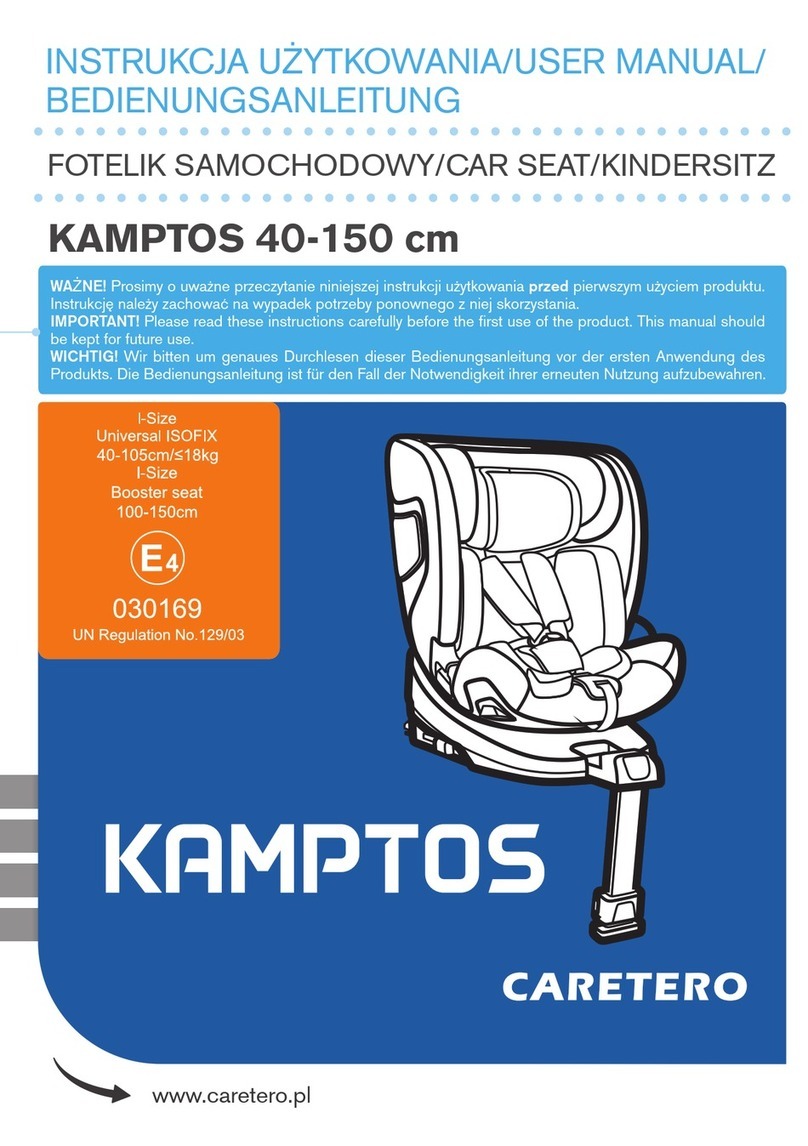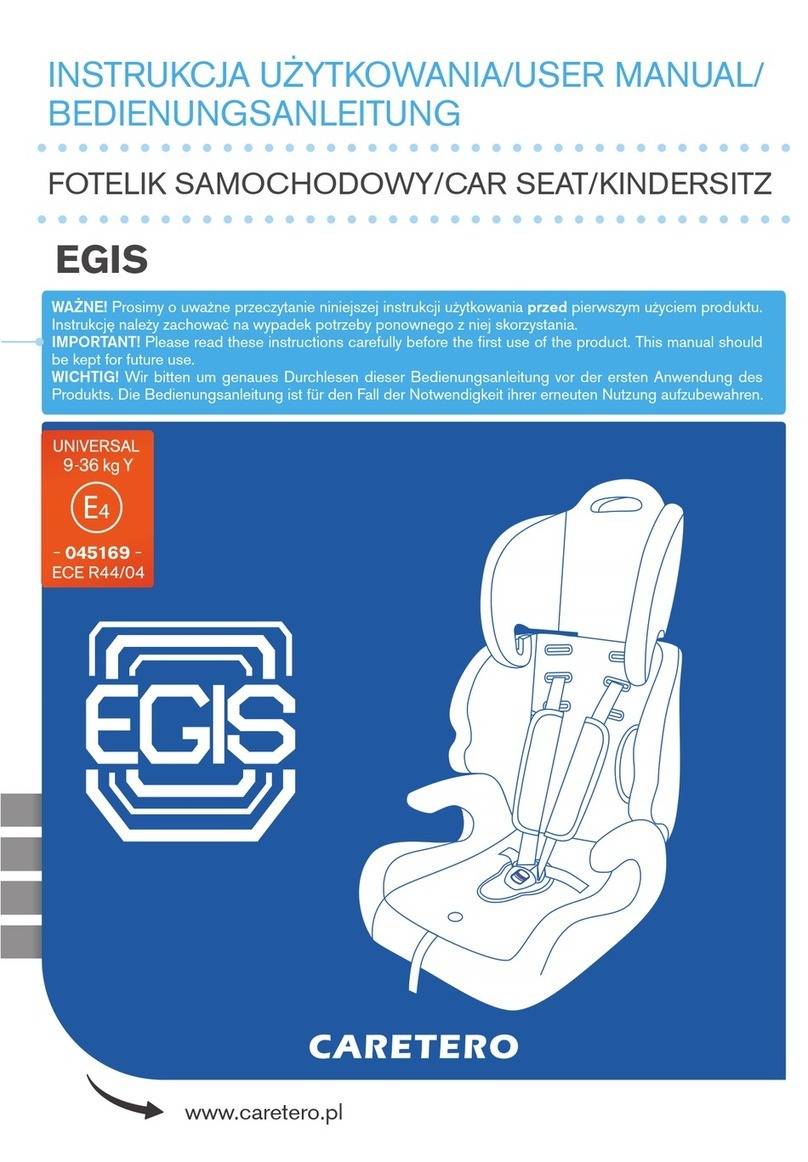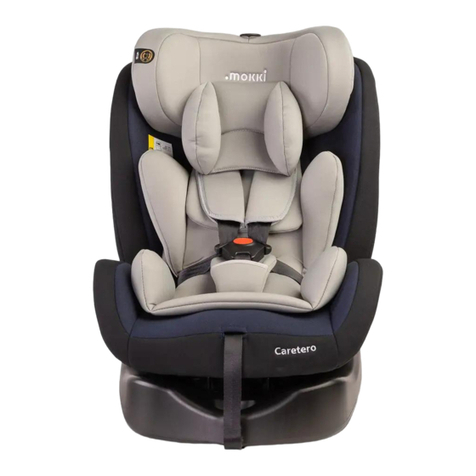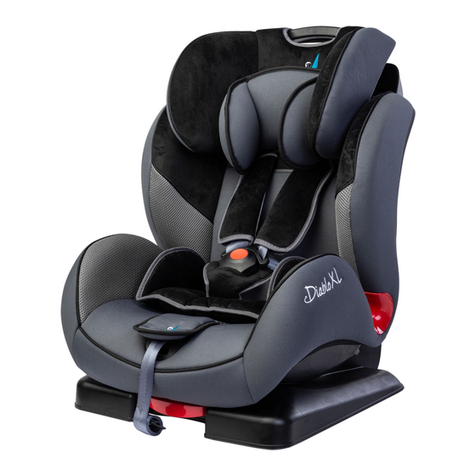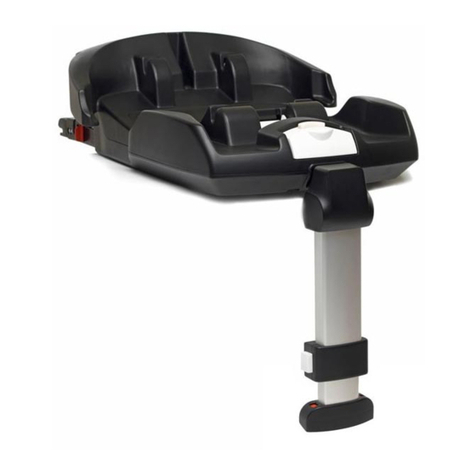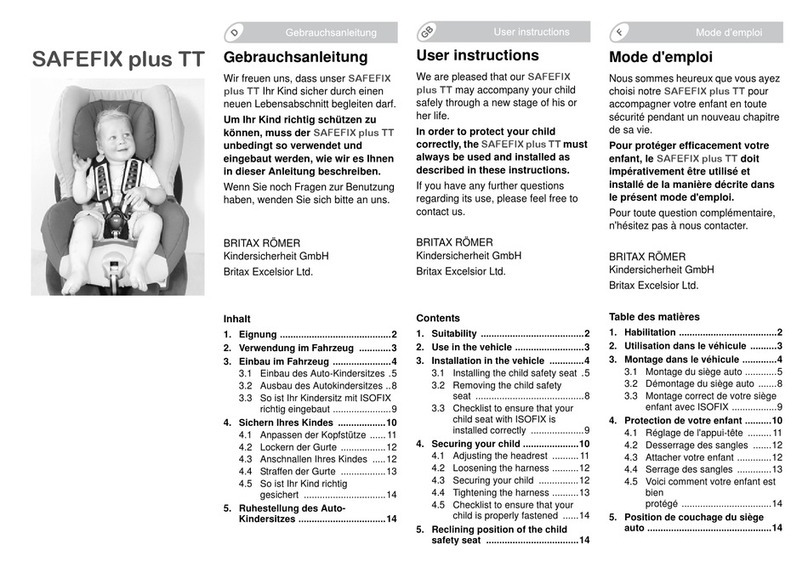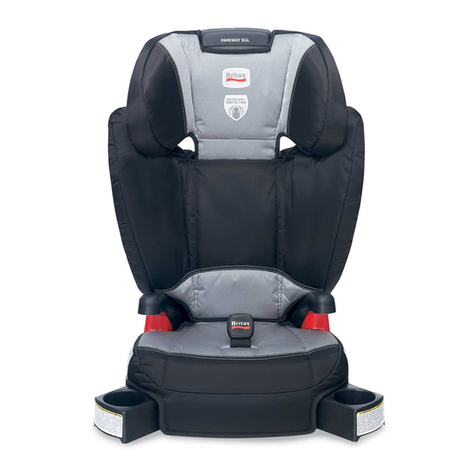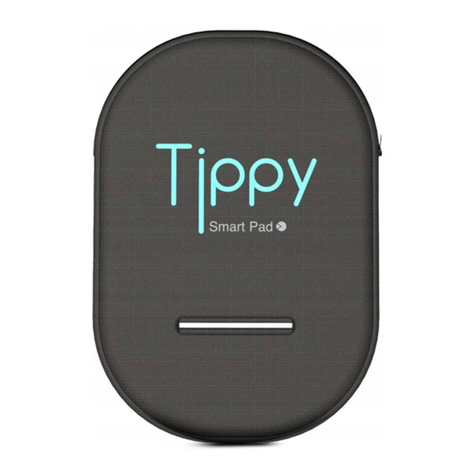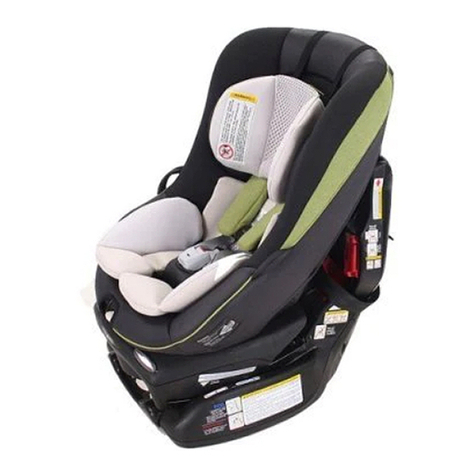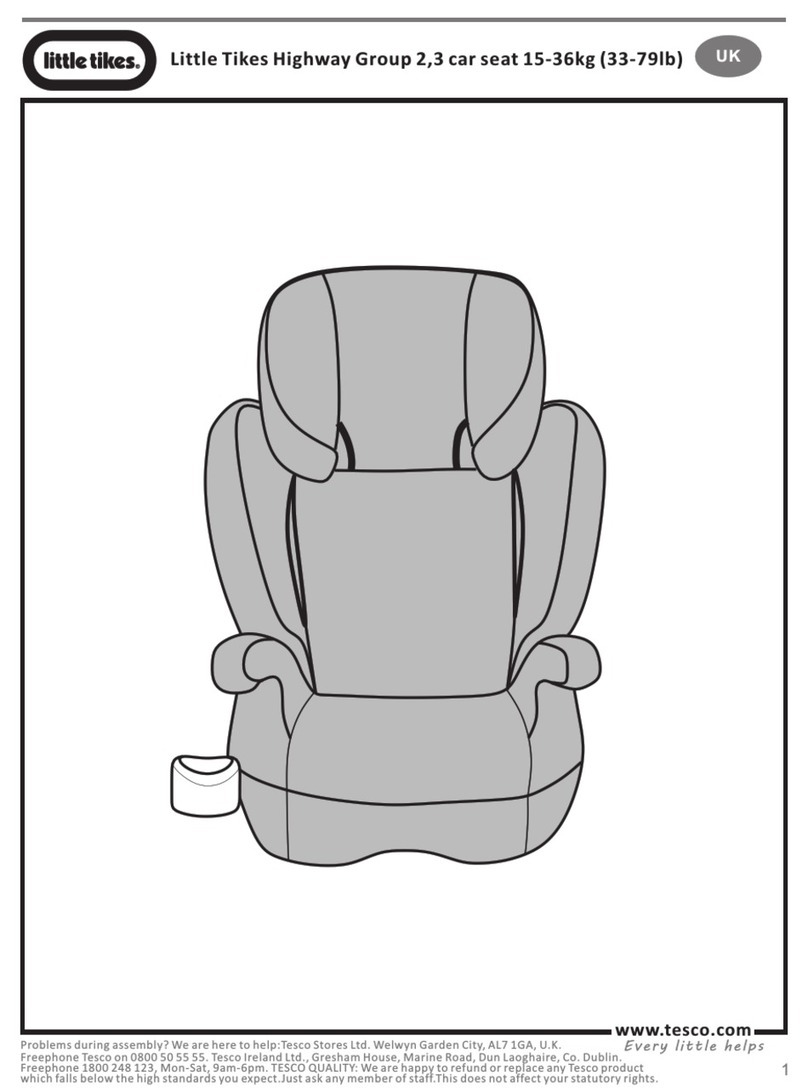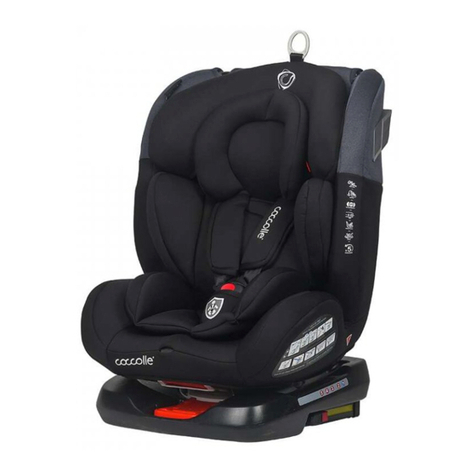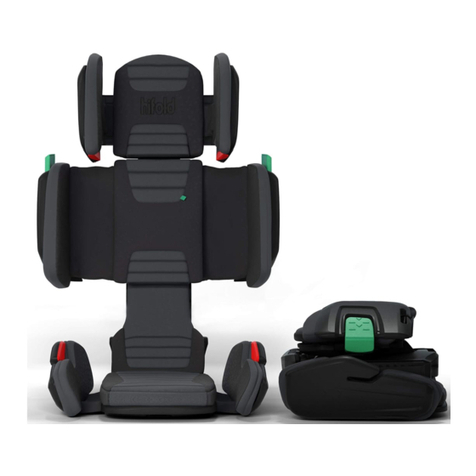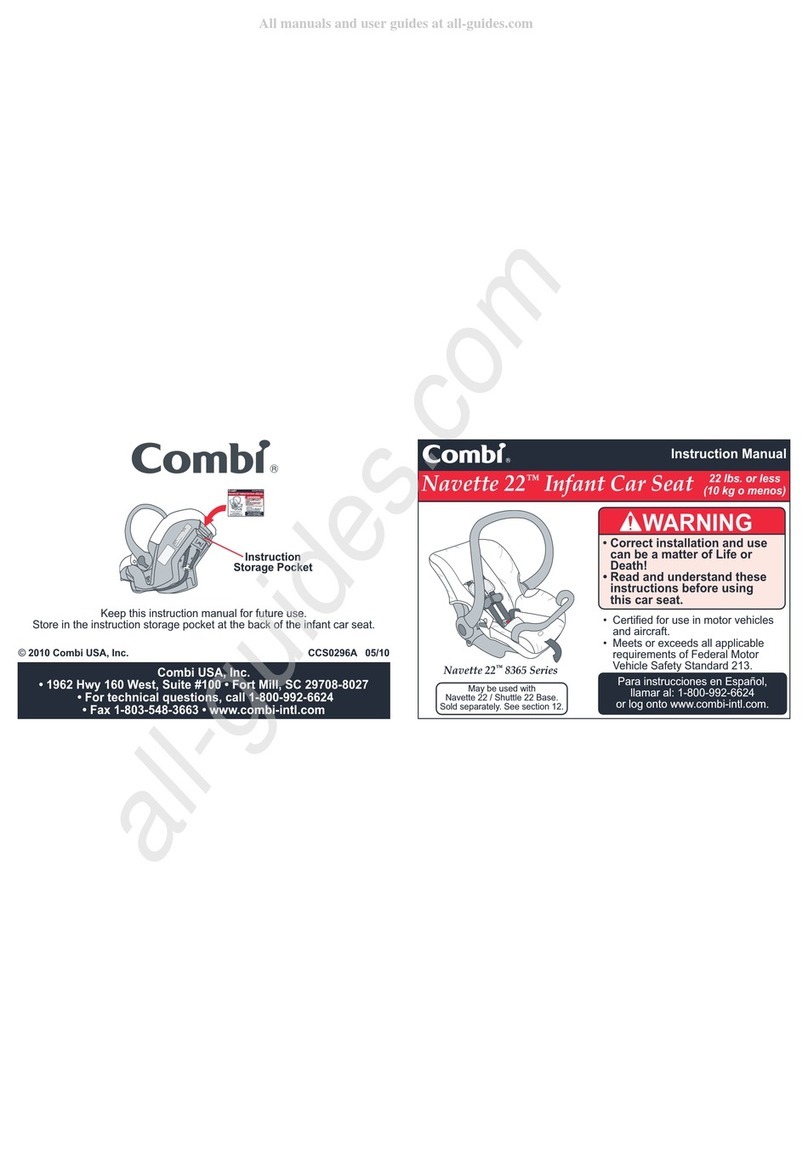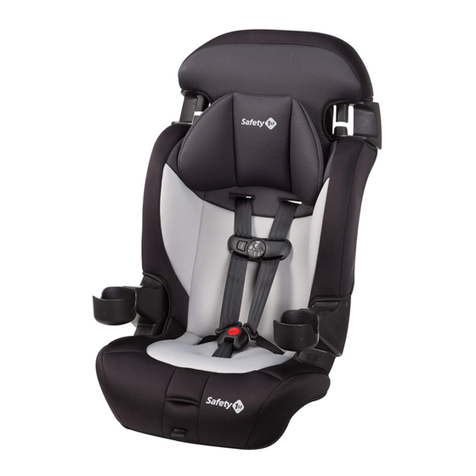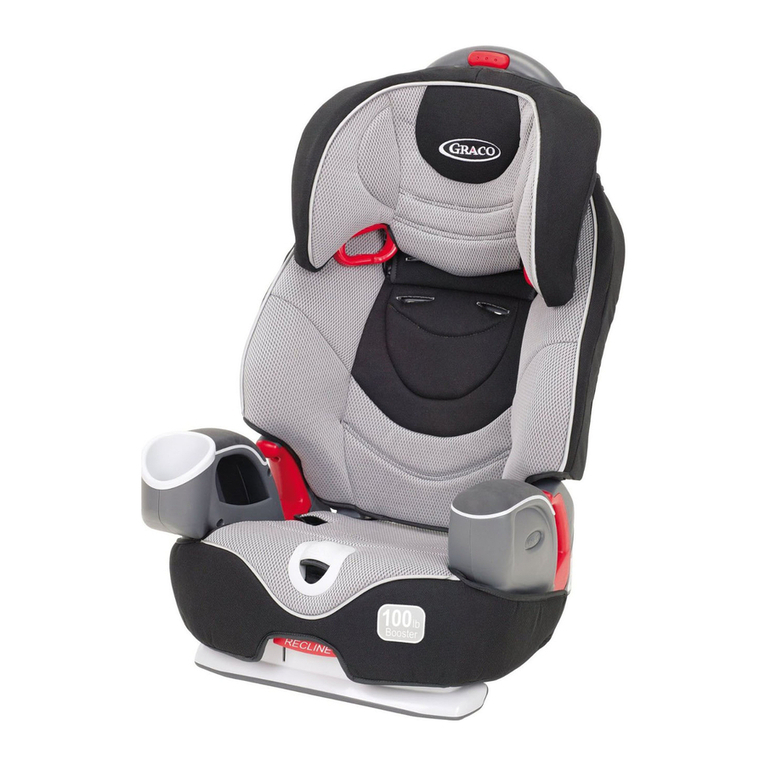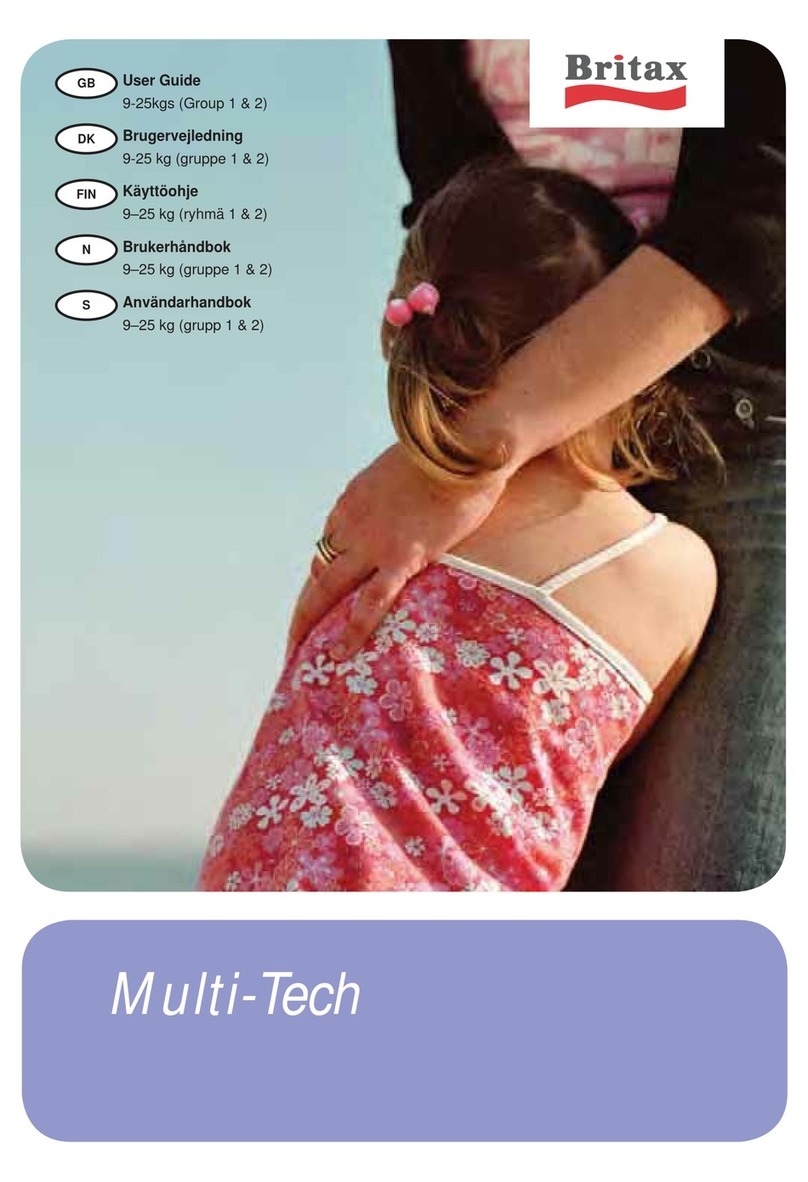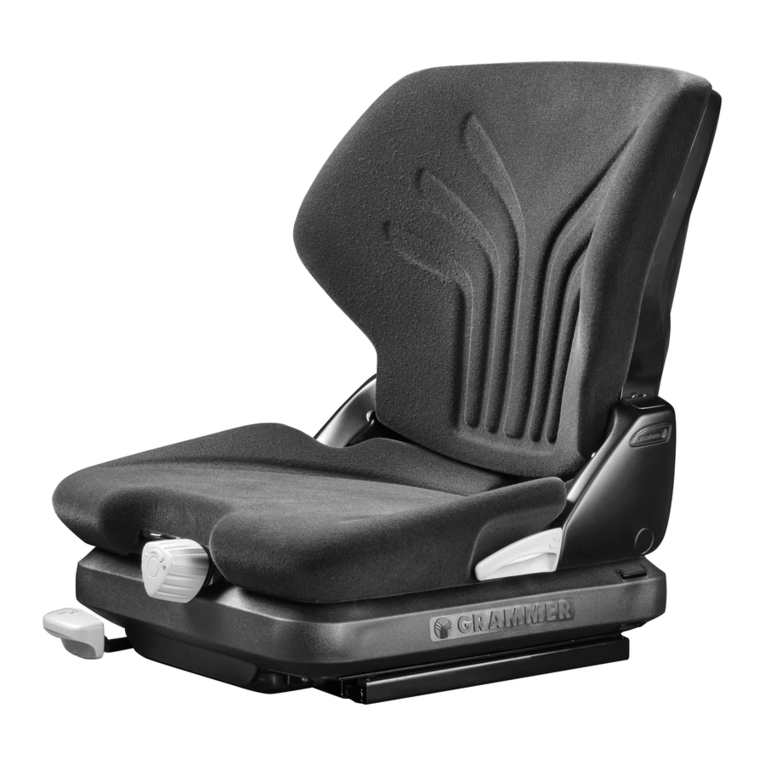
2
1. Zagłówek/headrest/Kopfstütze
2. Prowadnica pasa piersiowego (Grupa II) /Shoulder belt
guide (Group II) /Schultergurtführung (Gruppe II)
3. Pasy naramienne/shoulder belts/Schultergurte
4. Nakładki naramienne/shoulder pads/Schultergurtpolster
5. Szczelina boczna na pas/Side slot for belt/ Seitlicher
Schlitz für Gürtel
6. Podłokietnik/armrest/Armlehne
7. Przycisk luzowania pasów naramiennych/5-point belt
loosening button/Taste zur Lockerung des Schultergurts
8. Pasek do napinania pasów naramiennych/
5-point belt tightening strap/Spanngurt für die Schultergurte
9. Prowadnica pasa biodrowego/Shoulder belt guide/
Beckengurt-Führung
10. Nakładka na pas krokowy/crotch pad/Schrittgurtpolster
11. Klamra pasów naramiennych/shoulder belt
buckle/Schultergurt-Schlosszunge
12. Prowadnica pasa piersiowego (Grupa I) /Shoulder belt
guide (Group I) /Schultergurtführung (Gruppe I)
13. Szczeliny na pasy naramienne/Slots for shoulder
belts/Schlitze für Schultergurte
14. Dźwignia regulacji wysokości zagłówka/Headrest height
adjustment lever/Höhenverstellbare Kopfstütze Hebel
15. Łącznik pasów naramiennych/Shoulder belt connector/
Schultergurtanschluss
16. Końcówki pasów naramiennych/The ends of the
shoulder belts/Die Enden der Schultergurte
17. Metalowy łącznik pasów/Metal belt yoke/Riemenbügel
aus Metall
18. Zaczep pasa naramiennego/Retainer for shoulder belt/
Halter für Schultergurt
19. Zaczep pasa krokowego/Retainer for crotch belt/ Halter
für Schrittgurt
1ELEMENTY FOTELIKA/CAR SEAT ELEMENTS/LISTE DER BAUTEILE
1
2
3
4
5
6
7
8
9
10
11
12
14
13
15
16
17
19
18
